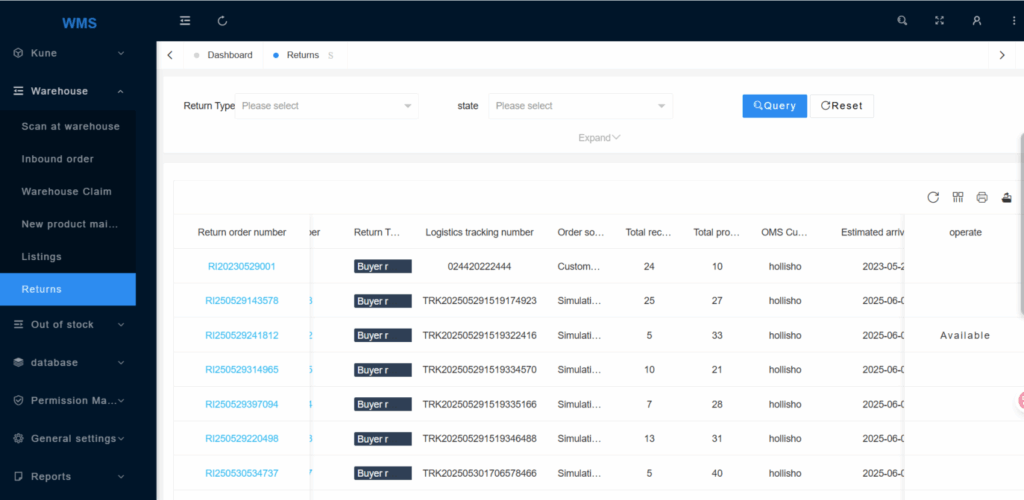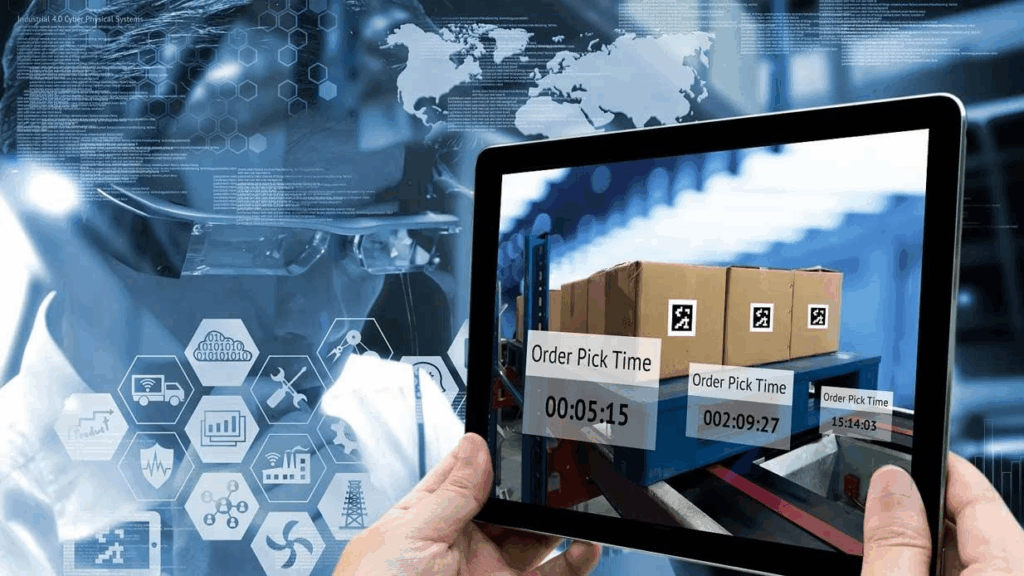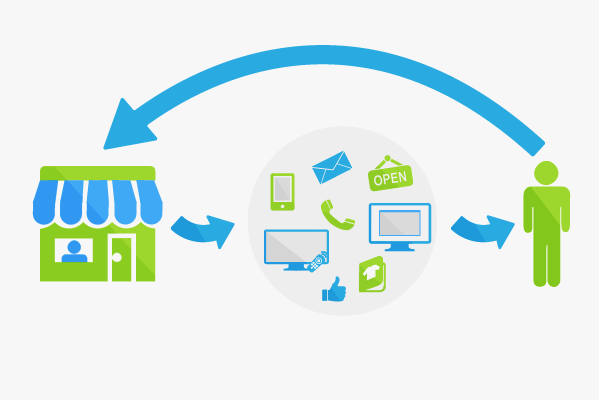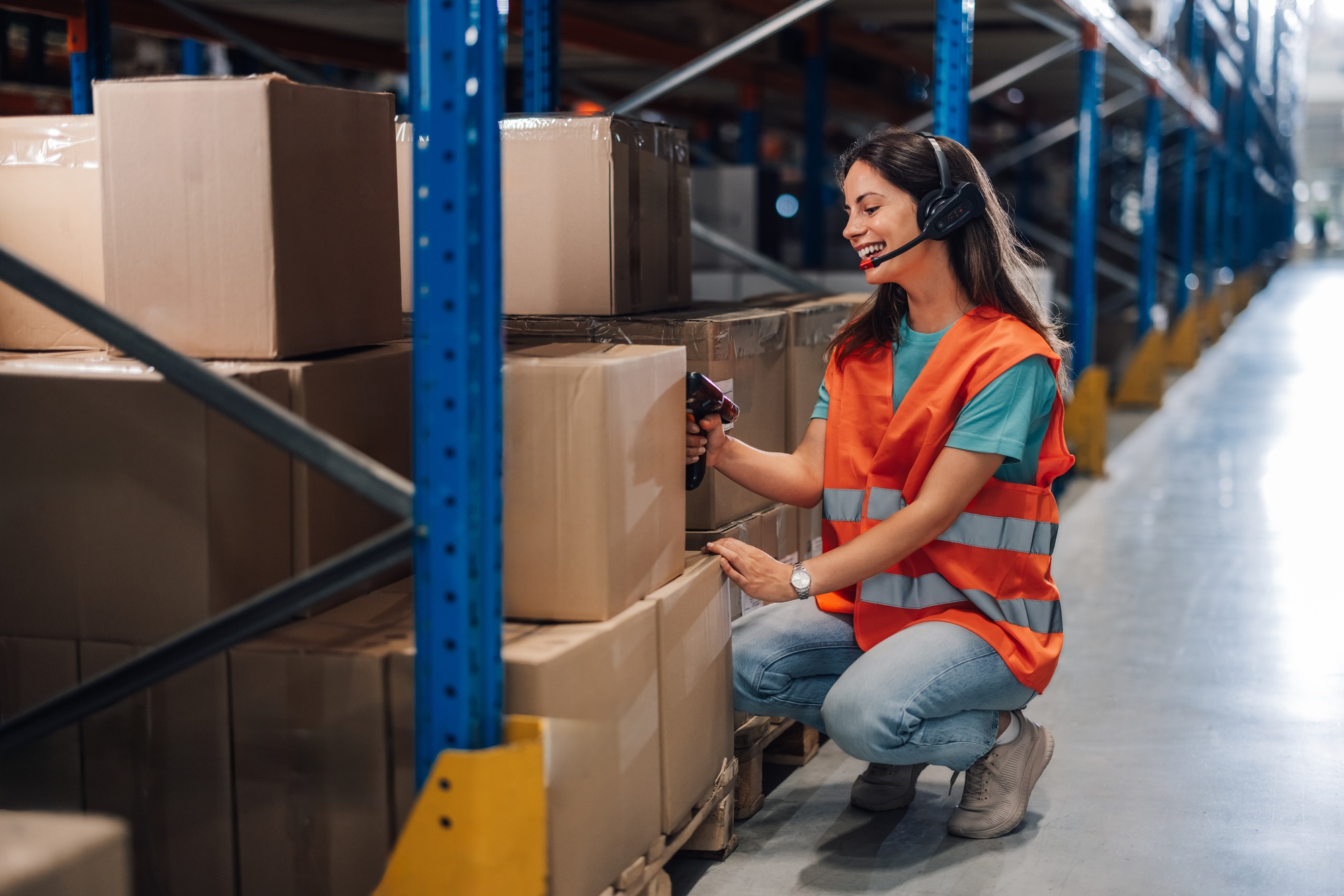逆向物流在供应链管理中的主要优势
逆向物流是现代物流的重要组成部分,但往往被忽视。 供应链管理.虽然大多数企业都把重点放在向客户顺利交付产品上,但处理退货和多余库存也同样重要。了解逆向物流的好处可以帮助企业节约成本,提高客户满意度,并为可持续发展做出贡献。本文将探讨逆向物流在供应链管理中的主要优势。

什么是逆向物流?
逆向物流 是指将产品或材料从最终目的地运回制造商或供应商的过程。传统物流的重点是向客户交付货物,而逆向物流则不同,它处理退货、回收、翻新和产品处置。它是管理整个产品生命周期的关键部分。
逆向物流在供应链管理中的主要优势
1. 节约成本,提高效率
企业投资退货物流的主要原因之一是降低运营成本和提高效率。通过优化退货流程,企业可以
- 降低运输成本 优化回程路线和包装。
- 将仓储费用降至最低 改进库存管理。
- 降低维修和处置成本 通过有效的翻新或回收利用。
通过有效管理逆向物流流程,企业可以节省时间和金钱,同时提高整体供应链效率。
2. 提高客户满意度
完美的退货体验会直接影响顾客的满意度和忠诚度。顾客更愿意再次光顾提供直接、无忧退货政策的企业。
- 轻松退货 培养对品牌的信任。
- 简单明了的退货政策 增强客户信心。
- 快速可靠的退款 创造积极的客户体验。
对于像 邮政包裹提供 无缝逆向物流 该流程不仅能提高客户满意度,还能留住客户和回头客。

3. 可持续性和环境影响
可持续发展已成为消费者和企业的首要任务。逆向供应链在减少浪费和促进环境责任方面发挥着至关重要的作用。
可持续发展的益处:
- 回收利用 退回的物品和包装材料可减少浪费。
- 翻新 和转售退回的产品有助于最大限度地减少垃圾填埋场的使用。
- 减少碳足迹 通过转售、再利用或回收材料。
随着企业和消费者的环保意识越来越强、 逆向物流 提供了一个与可持续做法保持一致的机会,从而减少对环境的总体影响。
4. 宝贵的数据收集和见解
逆向物流提供了宝贵的见解,有助于企业改进产品和服务。通过分析退货数据,企业可以
- 确定常见的退货原因如产品缺陷或客户不满。
- 优化产品质量 解决回返的原因。
- 预测客户偏好 并相应调整库存。
这种以数据为导向的方法有助于企业不断改进产品和流程,最终降低退货率并改进产品。
5. 更好的库存管理
高效的逆向供应链可优化 库存管理 更好地利用退回的产品。企业可以采取以下措施,而不是让退回的产品呆在仓库里:
- 补货退回的产品 状况良好,减少了对新库存的需求。
- 保持最佳库存水平防止出现库存过多和库存不足的问题。
- 翻新和转售退回的物品最大限度地减少浪费,提高盈利能力。

组织良好的逆向物流系统可确保企业快速高效地处理退货,保持库存水平在可控范围内。
6. 合规与风险管理
逆向供应链对于确保遵守各种法规至关重要。对于制药或电子等行业来说,处理产品召回或退货往往是强制性的。通过妥善管理逆向物流,企业可以
- 确保遵守法规 符合特定行业的退货和召回要求。
- 避免代价高昂的法律后果 确保产品安全和质量。
- 快速处理产品召回确保客户安全和品牌声誉。
妥善管理逆向物流有助于企业降低风险并遵守相关法规,从而保护公司及其客户的利益。
逆向物流在供应链管理中的主要优势(续)
7. 提高品牌忠诚度
在退货过程中获得良好体验的顾客更有可能在今后再次购买。无缝、便捷的退货体验是以下因素中的一个重要因素 建立长期忠诚度.优先考虑逆向物流的公司有助于培养信任感,让客户感到自己受到重视,从而直接影响他们的购买决策。
- 方便的退货选择 提高品牌认知度。
- 退货满意度 增加回头客和客户保留率。
- 清晰的沟通 关于退货和换货的规定与客户建立了牢固的关系。
例如,当客户知道他们可以毫不费力地退货时,他们就更有可能信任品牌并在今后进行购买,最终提高客户终身价值(CLV)。

8. 产品生命周期管理的灵活性
逆向物流使企业能够管理从生产到售后的整个产品生命周期。管理好这一环节,企业就能更好地控制产品流,并对客户需求做出更动态的反应。当客户退回产品时,企业可以迅速评估是翻新、转售还是回收产品。
- 高效的产品生命周期管理 随着时间的推移,可以提高产品质量和性能。
- 灵活处理过剩或过时库存 从而更好地分配资源。
- 改进预测 可以防止今后出现库存过多和库存不足的问题。
有了逆向供应链,企业就能确保产品在生命周期的末端得到有效处理,从而更明智地利用资源并减少浪费。
9. 利用技术优化退货流程
技术在逆向供应链的变革中发挥了至关重要的作用。如今,企业利用先进的跟踪系统、数据分析和自动化流程来快速高效地处理退货。技术还有助于跟踪退货原因,并通过整合各系统的数据改善库存管理。
逆向物流的一些技术创新包括
- 条形码扫描 以便更快地跟踪和处理退货。
- 数据分析 以确定退货的模式和原因。
- 自动化系统 以简化退货物品的接收、检查和重新入库流程。
在 邮政包裹, 我们整合先进的物流技术,确保企业无缝处理退货,使企业和客户的逆向供应链流程更加顺畅。
10. 全球覆盖和多渠道回报
对于跨地区或跨渠道经营的企业来说,逆向物流尤为重要。随着全球化和电子商务的兴起,产品经常从不同的地理位置退回。强大的逆向供应链战略可确保企业高效处理来自世界任何地方的退货。

- 全球逆向物流:轻松管理国际客户的退货。
- 电子商务退货:简化网上商店的退货程序,使客户能够轻松退货。
- 多渠道退货管理:有效处理来自在线和离线渠道的退货。
这种全球影响力有助于企业提高客户服务水平,并为企业带来竞争优势,确保企业能够在不降低质量的前提下为世界各地的客户提供服务。
11. 通过翻新减少对环境的影响
当今企业最紧迫的问题之一是最大限度地减少对环境的影响。退货物流的一个主要优势是能够翻新退回的产品。企业可以对退回的产品进行维修和翻新,而不是将其丢弃,从而减少与生产新产品相关的环境影响。
翻新的好处包括
- 降低对环境的影响 减少浪费和对原材料的需求。
- 节约成本 由于重复使用退回产品降低了生产成本。
- 提高盈利能力 通过转售翻新产品,赋予它们第二次生命。
翻新产品的成本通常较低,使客户更能负担得起,同时也有助于环境的可持续发展。
逆向物流面临的挑战及如何克服这些挑战
虽然逆向物流有很多好处,但企业在有效管理这一流程时可能会遇到挑战。以下是一些常见的障碍和潜在的解决方案:
1. 高回报率
退货物流的主要挑战之一是产品退货的频率。过多的退货会给物流带来压力并增加成本。
- 解决方案:企业可以通过提高产品质量、在网上提供更好的产品描述和图片来降低高退货率,从而减少客户因不满意而退货的几率。

2. 成本管理
处理退货通常需要额外的成本,如运输、人工和检查。
- 解决方案:简化退货流程、使用自动化系统和优化逆向物流路线可帮助企业管理和降低成本。
3. 库存管理问题
公司在管理退货库存方面经常面临挑战。未经检查的退货会堆积在仓库中,导致效率低下。
- 解决方案:实施强有力的 库存管理系统 跟踪收到的退货和库存水平,可以帮助企业避免退货流程中的瓶颈。
结论
在当今竞争激烈的商业环境中,逆向物流在确保供应链管理的效率和可持续性方面发挥着至关重要的作用。通过了解逆向物流的优势和挑战,企业可以做出明智的决策,从而降低成本,提高客户满意度,并促进环境的可持续发展。
在 邮政包裹我们相信,优化的逆向物流战略是提高供应链整体绩效的关键。从节约成本到可持续发展,逆向物流提供了广泛的好处,可以带来更好的客户体验、更高的盈利能力和更少的碳足迹。
通过将逆向物流融入供应链战略,您的企业可以变得更加灵活、高效,并以客户为中心,最终在竞争日益激烈的市场中获得长期成功。
行业洞察
收件箱消息
Nulla turp dis cursus.整体释放,预留空间







